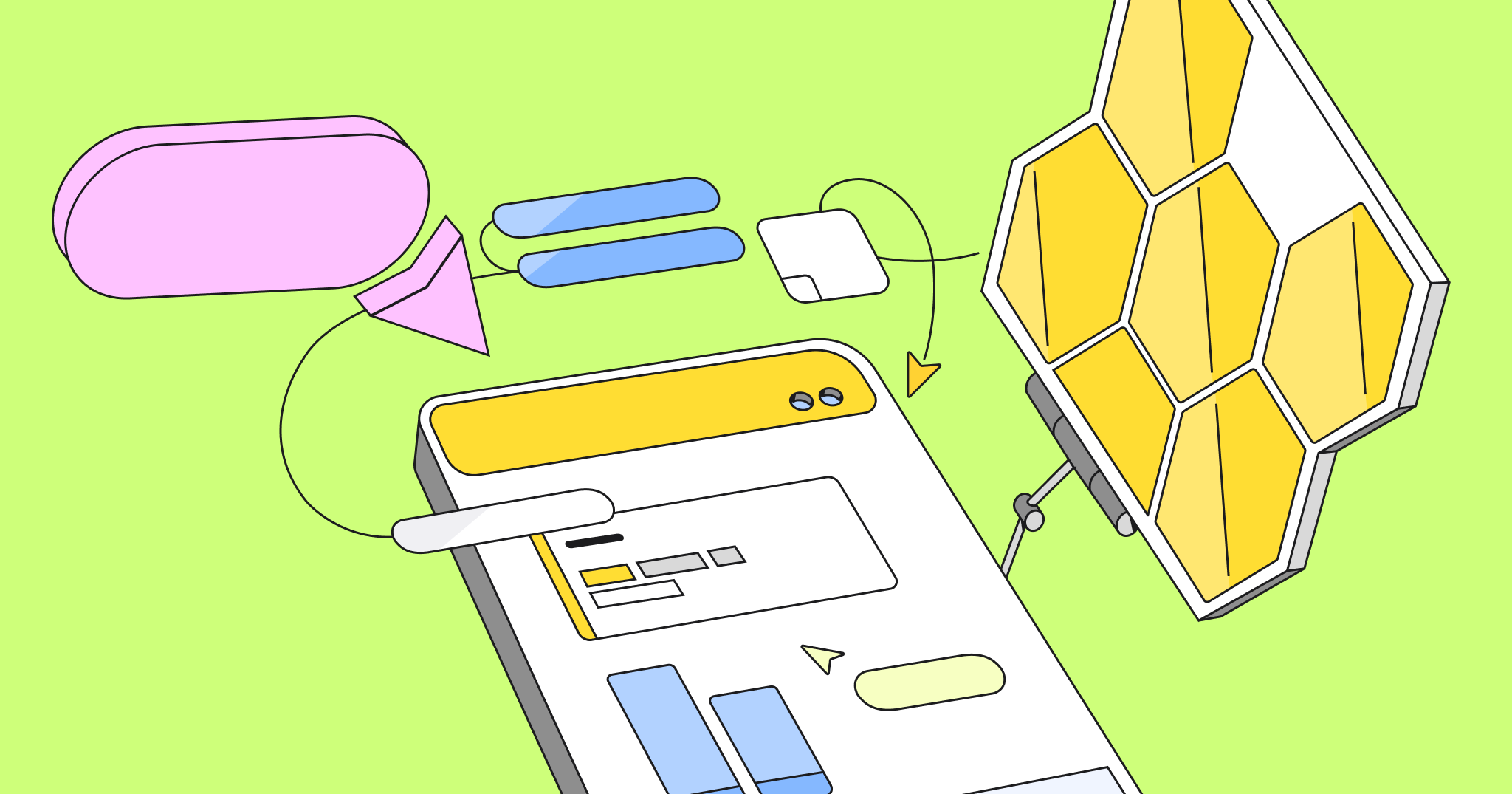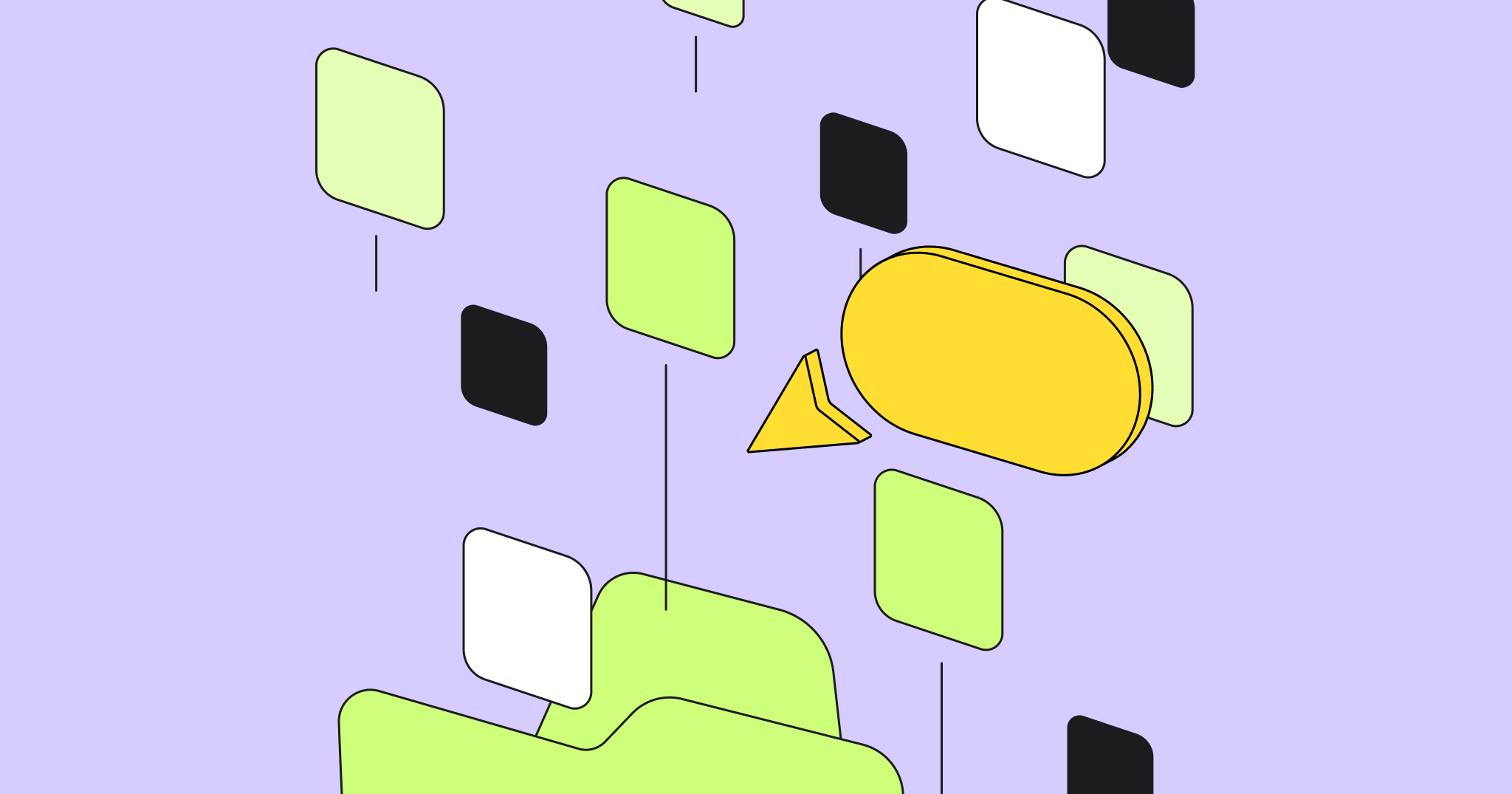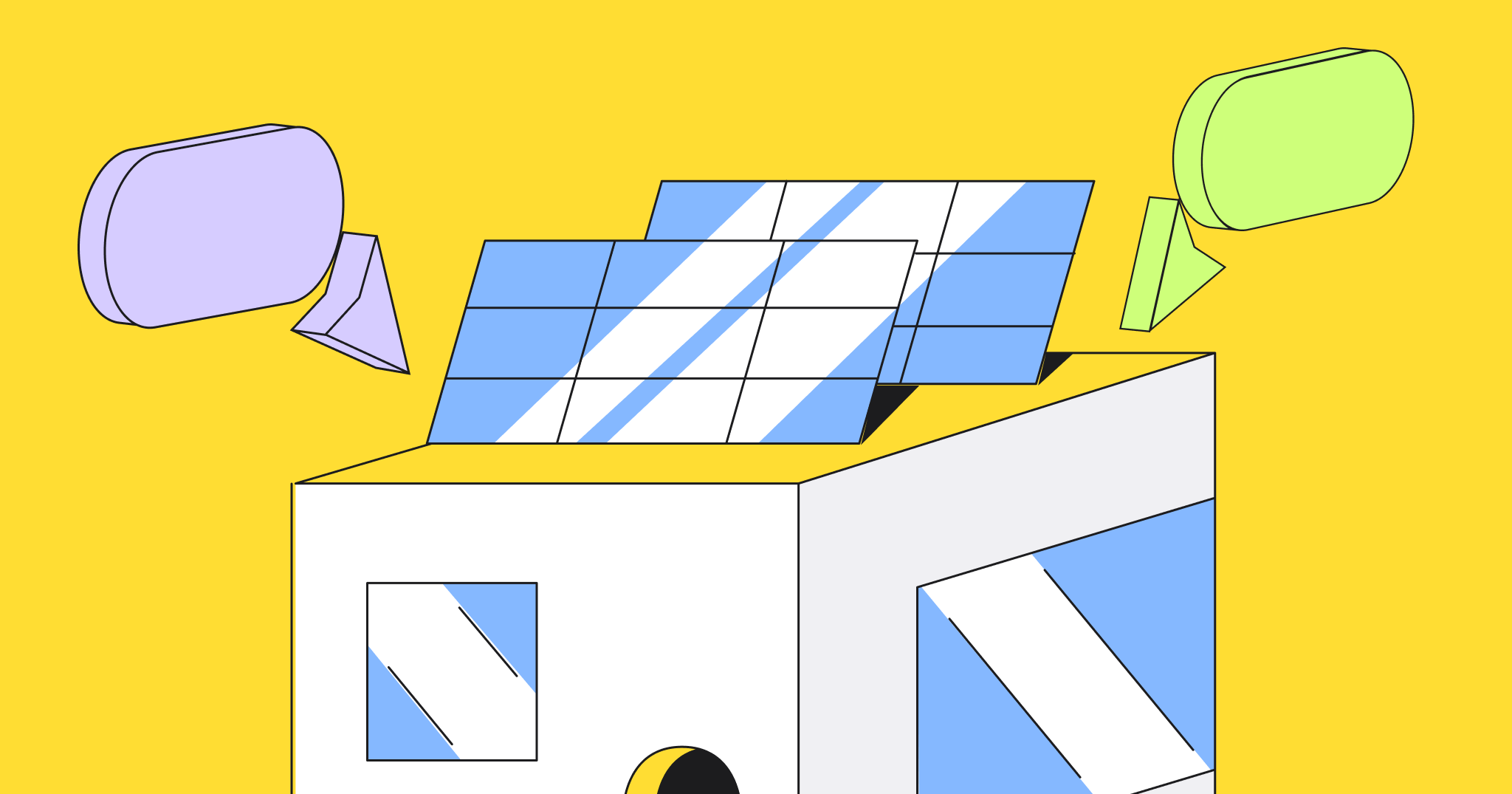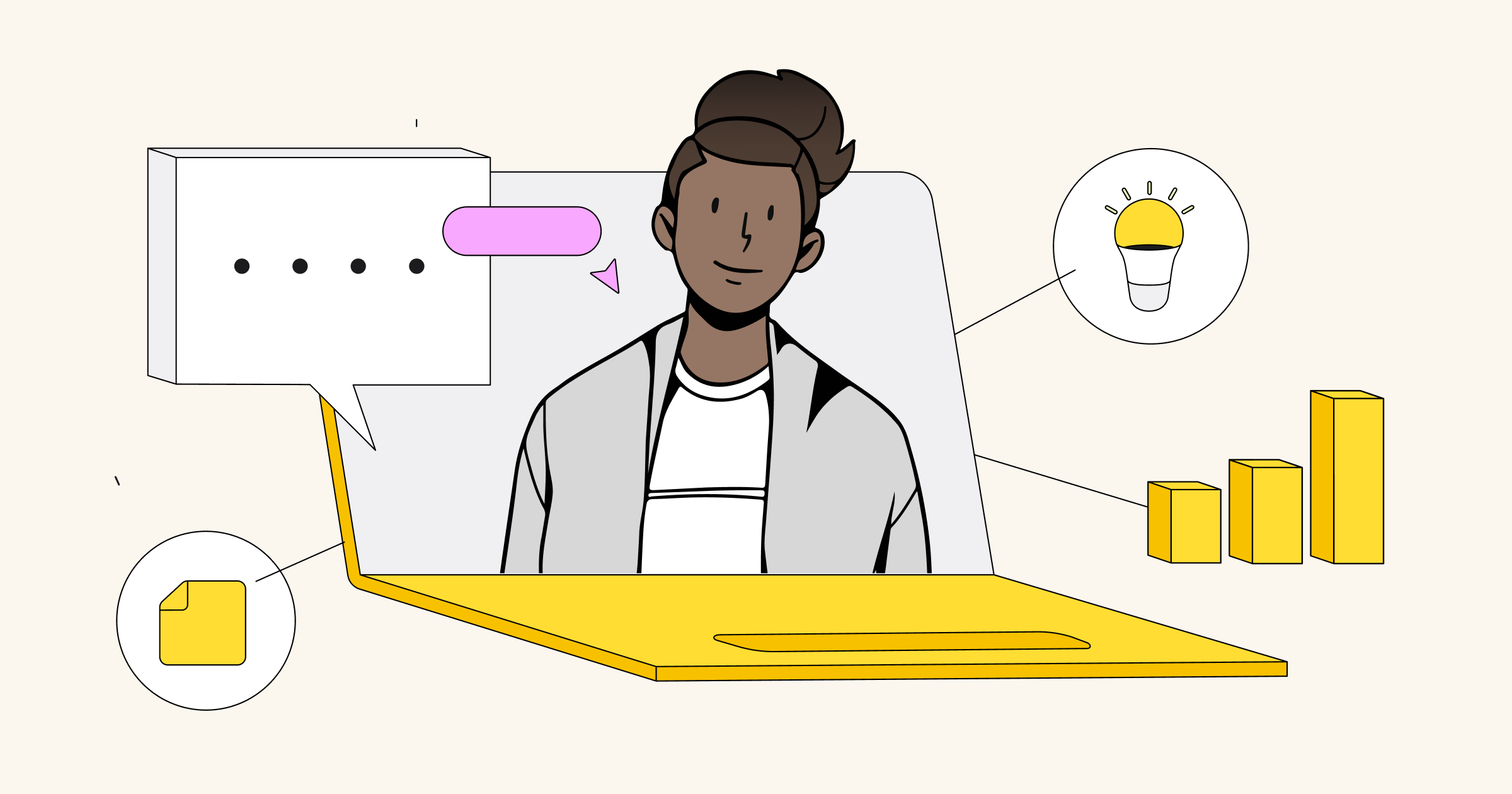Leading tech companies are often the first to test out innovative methods of work (like Agile), so it’s no surprise that they’re also beginning to hire remote workers and organize distributed teams. This approach allows them to attract the best talent while reducing costs. We talked to Jessica Drizin, a UX leader, and asked her about her experiences with distributed teams and the best practices used at Upwork.
User research
at Upwork
Our research team has three people who are full-time in-office employees and four remote researchers. We’re pretty distributed as a team overall. At Upwork, we’ve got company imperatives, or verticals, that focus on different areas of growing the business. For example, we’ve got a team that focuses on growing the domestic side of the business, one that focuses on growing the enterprise side, and a few others. The teams that I work on or support from a research side are more horizontal. Our goals and roadmaps should be aligned with those vertical imperatives.
My team in particular, the freelancer supply and success team, has been really amazing at setting up regular communications with representatives from each of those verticals or imperatives. They help us stay focused and aligned.
Essentially, our distributed researchers support the research needs for each imperative. For example, one researcher works with the enterprise imperative, another researcher supports our domestic imperative, and so on. Then the head of research and I both take a more horizontal approach, supporting broader strategic or foundational research needs on the freelancer and client sides and partnering with our remote researchers as needed.
I’m the go-to for freelancer-facing research. A lot of my work this year is focused on building a foundational understanding of how freelancers operate outside of Upwork: the tools they use, how they build relationships with clients, and so on. I’ve also been running research for our product and services teams. They’re creating an amazing freelancer onboarding experience that leverages their mindset and motivations at the time, and pulls the right information to match them with the best possible jobs early on. I also try to make sure that even if I’m working on something more tactical or more directional, my research can help support or influence some of the other imperatives that are not directly tied to that piece of research.
Profile
Jessica
Drizin
is a Senior User Experience Researcher at Upwork. She describes herself as a “passionate and outdoorsy” UX and market researcher who thrives on solving complex challenges. Prior to working at Upwork, Jessica was a lead researcher at Snag and Branding Science. To learn more about Jessica, follow her on LinkedIn.
How the Upwork UX team
is working remotely:
“Learning about research methodology or collaboration techniques that my research colleagues have experimented with has been really useful.”
“Having engineers take notes and focus on specific research questions helps them empathize with the user and feel a lot more engaged with the research when we debrief after the interviews.”
“As freelancing is becoming increasingly popular, a lot of businesses struggle with how to work with a freelancer versus a full-time employee. I think we do a really good job of making freelancers feel included and part of our culture as well.”
The keys
to managing
a remote team
Promoting collaboration
through varied meetings

While we try not to hold too many meetings, we really believe that group brainstorming leads to the best ideas, so we also hold ad hoc design and research reviews. Each review is a chance for a designer or researcher to share what they’ve been working on or planning and receive feedback and advice from the rest of the team. Last year I shared my plans to run a foundational piece of research with freelancers, and my research review helped collect tons of great questions to focus on across our imperatives.


Recurring rituals
in the Upwork
UX team:
Weekly research team meetings (internal research team sync)
Monthly research roundtables (a place to share qualitative research, open to anyone at Upwork)
Bi-weekly “Freelancer Insights” share (this includes qualitative research and quantitative data from the analytics and data science teams)
Weekly product design team meetings (an opportunity for researchers/designers to share the business imperative they’re working on, which helps us identify opportunities for cross-team collaboration)
Design reviews (ad hoc crowdsourcing feedback/ideas on designs)
Research reviews (ad hoc crowdsourcing feedback/ideas on research plans)
We organized early-morning interviews so that they would have a chance to listen in. I also gave them specific note-taking assignments. I would ask them a question like, “What’s some of the positive and negative feedback you’ve heard during this session?” Having them answer something more specific and take notes helps them empathize with the user and feel a lot more engaged during our debriefs.
Using Miro for user journey flows and “silent sessions”
When it comes to Miro, we use boards for a lot of user journey flows. We’ll examine screenshots of the different steps and various flows to identify pain points and hypothesize what users are thinking and feeling at each step. That’s always a very collaborative effort. Working in a two-sided marketplace means we have a lot user flows, so using Miro helps us keep all those organized. We also use it in most of our design-thinking sessions.
We recently conducted unmoderated user testing where we recorded users signing up on Upwork through their phone. We were so surprised by some of the things that we were seeing. It was nice to see what they were struggling with and discover things that we wouldn’t find out by asking. The broader product and design team watched the videos while everyone wrote down their thoughts and identified different aha! moments. We did that on Miro. Later on, the researcher had all these insights that were collected from the team during this silent session, and they were able to go back and organize them into broader themes.
Miro use cases at Upwork:
User journey flows
Design thinking sessions
User research debrief and analysis sessions
This template helps Jessica’s team because she runs a lot of ideation sessions. Participants usually tweak it (change out the personas, adjust the activities) depending on the specific workshop goals.
When it comes to collaboration, a lot of people working remotely find it difficult to speak up when everyone is talking through ideas. Having people silently submit their thoughts on a virtual board means we get to hear everyone’s brilliant ideas and insights.
“Drinking our own champagne”
We like to say we “drink our own champagne” here at Upwork. We are hosting this marketplace because we believe in the world of freelancing. Therefore, it makes sense that we should be working with freelancers as well. It also gives us the opportunity to figure out the best methods for collaboration and best practices for working with a distributed team. It helps us be experts on that. As freelancing is becoming increasingly popular, a lot of businesses struggle with how to work with a freelancer versus a full-time employee. I think we do a really good job of making our freelancers feel included and part of our culture. In fact, I often forget whether I’m working with a freelance or full-time colleague because they’re all essential to our team.
Distributing research findings
The biggest challenge is sharing research insights in a way that’s engaging, digestible, and memorable, especially with a distributed team. One of the ways that we tackle this is by making research more accessible and participatory.
We have a research calendar that everyone at Upwork has access to. Depending on what your availability is – maybe you’re in a different time zone or there is a particular piece of research that you’re interested in – it’s all available on the research calendar. People can join an interview session at their own convenience.
We have traditional research meetings, where we share the results, and people are able to join from anywhere. We also have certain regular meetings dedicated to sharing our insights. For example, we have a bi-weekly freelancer insights meeting that is dedicated to sharing what our researchers, analysts, and data science teams have been learning about freelancers. There are also little things we do to make research more accessible: we always try to record the read-out sessions so that anyone can go back and listen to them on their own time.
I find that making the deliverables as well as the entire end-to-end research experience more accessible is helpful. The more stakeholders participate and get engaged with the users during research – whether listening and note taking or moderating an interview themselves – the more long-lasting impact that research is going to have.




